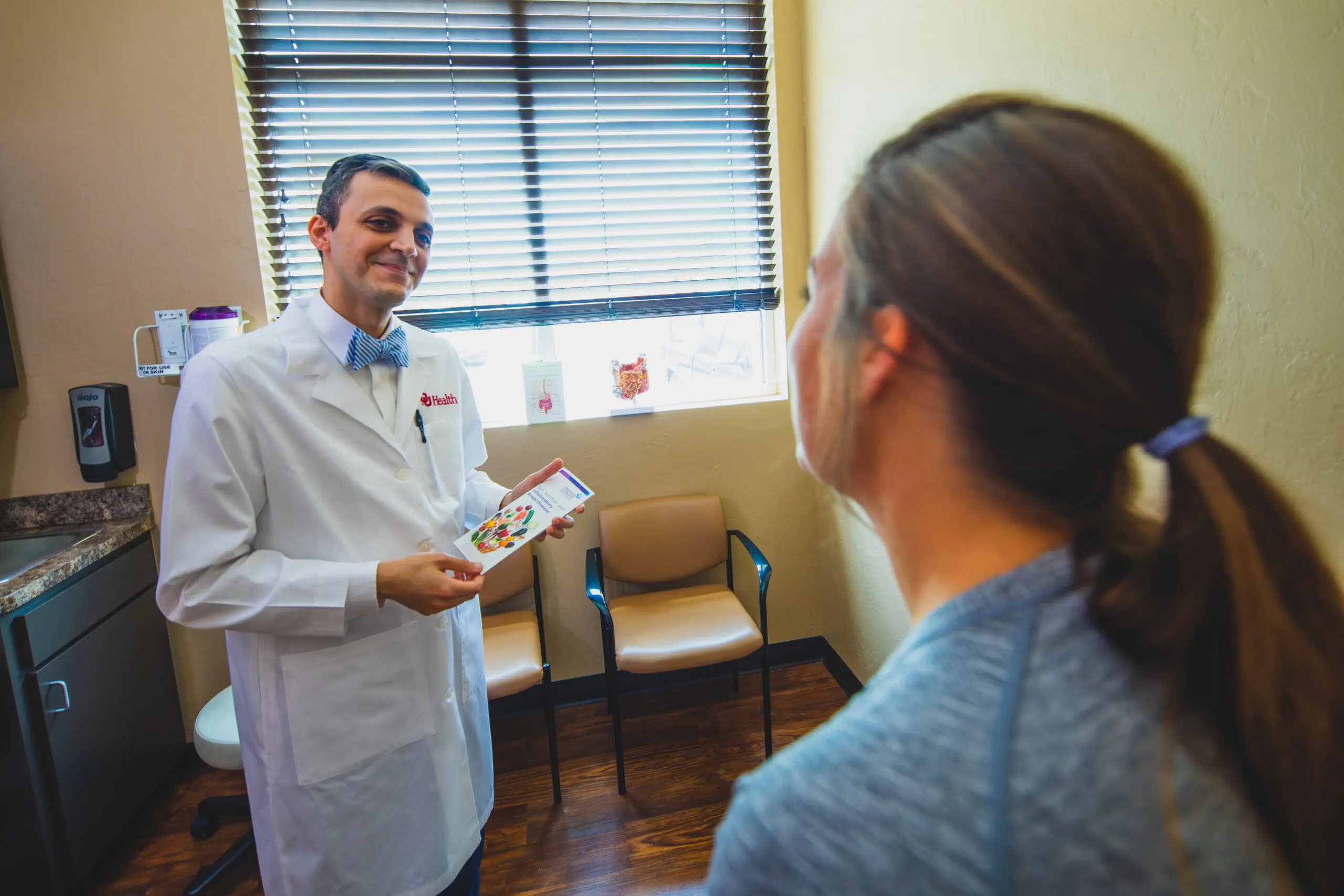The hot, humid months of summer may be perfect for sitting poolside, but extended time in the heat can be dangerous.
Heat-related deaths and illnesses are preventable, but the Centers for Disease Control and Prevention reports that 658 Americans, on average, die each year from extreme heat.
“Heat exhaustion or heat stroke refers to an elevation of core body temperature to a level that is unsafe for our body and can lead to a variety of complications and, in some cases, can be life threatening,” says Layne Keathly, a family medicine physician with INTEGRIS in Oklahoma City. “In addition to an elevated core body temperature, headaches, nausea, persistent muscle cramps, weakness, confusion, rapid heart rate or breathing, among other non-specific signs or symptoms, may develop.
“Heat stroke is a more severe form of heat exhaustion. Heat stroke refers to an elevated core body temperature above 104 degrees Fahrenheit along with central nervous dysfunction and additional organ and tissue damage. Central nervous system dysfunction includes anything from confusion [and] disorientation to seizures, coma or death. Fortunately, heat exhaustion does not always lead to heat stroke.”
Heat-related illness is among the leading causes of death in young athletes each year, Keathly says. Also at risk are firefighters, construction workers, military personnel and others who may wear extra clothing, equipment or protective gear in extreme temperatures.
Dana Davis, an internal medicine and pediatric physician with Warren Clinic in Tulsa, says children and seniors are particularly vulnerable to heat.
“Children will be playing outside and not realize that they’ve quit sweating and don’t feel well,” she says. “Symptoms in children are very similar to those in adults, but the problem is that children aren’t aware of what the symptoms mean. They may be thirsty, complain of weakness and/or muscle cramps, be sweating profusely, or feel dizzy or nauseated. These are going to be some of the main symptoms for heat exhaustion. But then, if things escalate and the body isn’t able to cool itself, they may become confused, disoriented, and/or agitated and then it becomes a medical emergency.”
Davis also notes the deaths of children left in hot cars: “Even in moderate heat, a child or an elderly person in a car is at high risk for heat exhaustion or heat stroke.”
She adds that children under 12 months old cannot fully regulate their body temperatures and communicate their specific needs.
“Babies cannot verbalize if they are thirsty, nauseated or feel dizzy,” she says. “As parents, we have to take extra precautions for this age group and not let them get close to experiencing heat exhaustion.”
Davis emphasizes preventive measures. If you know you’re going to be outside, hydrate beforehand and continually drink fluids.
“When you are sweating, you are excreting salt,” she says. “Water is great, but you also need to intermittently drink an electrolyte fluid.”
Keathly advises immediate medical attention if you believe someone has heat exhaustion or heat stroke. Otherwise, he says the first step is to cool down as soon as possible.
“Get in the shade and away from the sun as quickly as possible,” he says. “Ideally, get indoors and in front of a fan or into a cool shower or bath – the cooler the better. Ice water immersion is preferred. Ice pack application is recommended; removing excess clothing and ensuring proper hydration is achieved [are] also important. Have the person lay on his or her back with legs elevated above the level of the head. Avoid sudden or prolonged standing until fully recovered. If you have any lingering concerns following this, I’d recommend seeking medical care. Prognosis is worse when cooling is delayed and core body temperature is allowed to remain above the critical threshold for a longer period of time.”






















